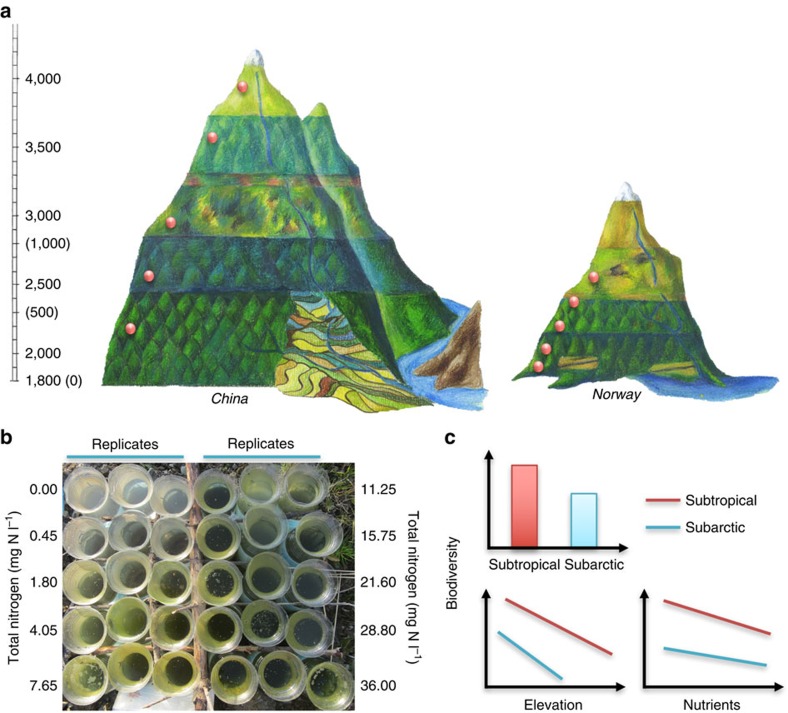Figure 1. The manipulation of nutrient enrichment along elevational gradients.
The experiments were conducted in parallel in the mountains of the subtropical (that is, China, left panel) and subarctic (that is, Norway, right panel) regions (a). The figures of the two mountains were created according to the plant species and climate zones along elevational gradients. Elevations (m a.s.l.) are shown without and with parenthesis for subtropical and subarctic regions, respectively (a). Along each mountainside, sterile microcosms with ten nutrient levels and three replicates at each level (b, field photo) were set up at each of five elevations, indicated by the brown dots (a), and were left in the field for 1 month. The nutrient levels were indicated by nitrogen because the ratio between nitrogen and phosphorus was consistent (b). Airborne microbes freely colonized the sterile habitats. Nutrient addition promoted the growth of algae, which caused gradual changes in green colour with higher nutrient enrichment (b). The bacterial biodiversity was expected to be higher in the subtropics than in the subarctic region (c, upper panel), and showed predictable patterns along elevation (that is, temperature) and nutrient enrichment (c, lower panels). The slopes of biodiversity along elevational gradients (c, left-lower panel) and nutrient enrichment (c, right-lower panel) were expected to vary between regions, and with nutrient levels and elevations, respectively.

